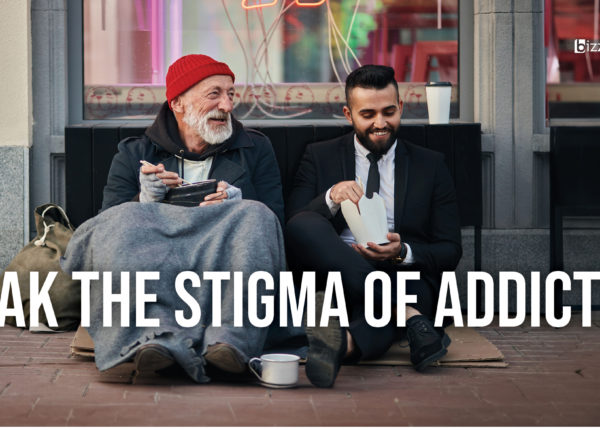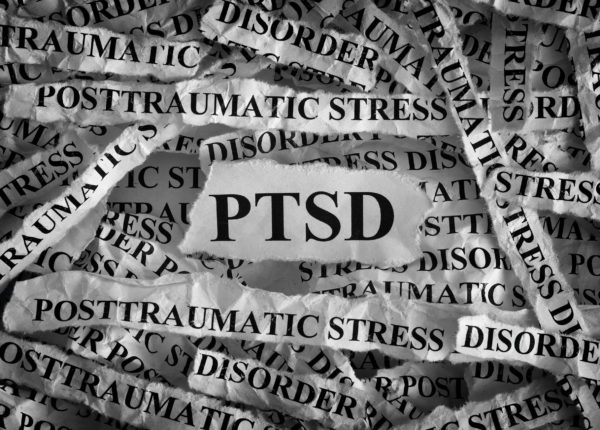October is National Pedestrian Safety Month. In honor of safety awareness, the U.S. Department of Transportation’s National Highway Traffic Safety Administration (NHTSA) is urging drivers to slow down and be on alert for pedestrians.
The opioid crisis in the United States, driven largely by illicitly obtained synthetic opioids such as fentanyl, is impacting communities and families across the country and is far from being over.
In the bustling entrepreneurial landscape of Kenya, a groundbreaking initiative has been established to change the game for women-owned businesses.
For more than a decade, Bizzell US (Bizzell) has contributed to developing a wide range of services across the public health sector, including a broad spectrum of healthcare services...
Hospitals face many unseen challenges in today’s ever-changing medical landscape. Reducing patient readmissions is a critical priority in healthcare...
In the ever-evolving landscape of healthcare, data analytics have a profound impact on transformative and patient-centric care.
Global progress, economic inclusion, and entrepreneurship are catalysts that drive transformative change. When not only used as a buzzword, economic inclusion embodies...
As the world grapples with emerging health challenges, the role of robust data collection is pivotal. At its core, infectious disease surveillance can be simplified into a three-pronged framework.
The U.S. faces a surge in COVID-19 cases nationwide as we have returned to the office work, and school. The result? Infection rates are just as high as last year's around the same time.
Dr. David Sleet Co-Authors Report on Global Burden of Cardiovascular Diseas...
Dr. David A. Sleet, a Bizzell Senior Associate, Injury Prevention, was recently published in the International Journal of Environmental Research and Public Health.
Deadbeat. Druggie. Drunkard. Hopeless. These words are still part of the stigma associated with the disease of addiction.
Summer is almost over but there’s still time to gather outdoors for cookouts with friends and family, enjoying delicious food and other fun activities.
In our interconnected world, it is vital to recognize and address the mental health challenges faced by minority communities.
What is trauma? Trauma is an emotional response to an extremely stressful event(s) like an accident, physical abuse, intimate partner violence, sexual assault, combat, natural disasters, and even global pandemics.
















